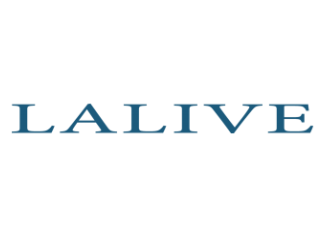Again in groups, attendees will be presented with a series of often faced challenges that potential PETs adopters will encounter and discuss best practices for mitigating them. Attendees will take part in one discussion from round A and one from round B.
Round A:
- Handling and overcoming internal pushback
- Identifying use cases and implementing in practice
- Determining core privacy challenges
Round B:
- Effectively utilising and maximising the potential of synthesised data
- Establishing data-sharing initiatives with market competitors
- Leveraging PETs to convince customers their data is safe








